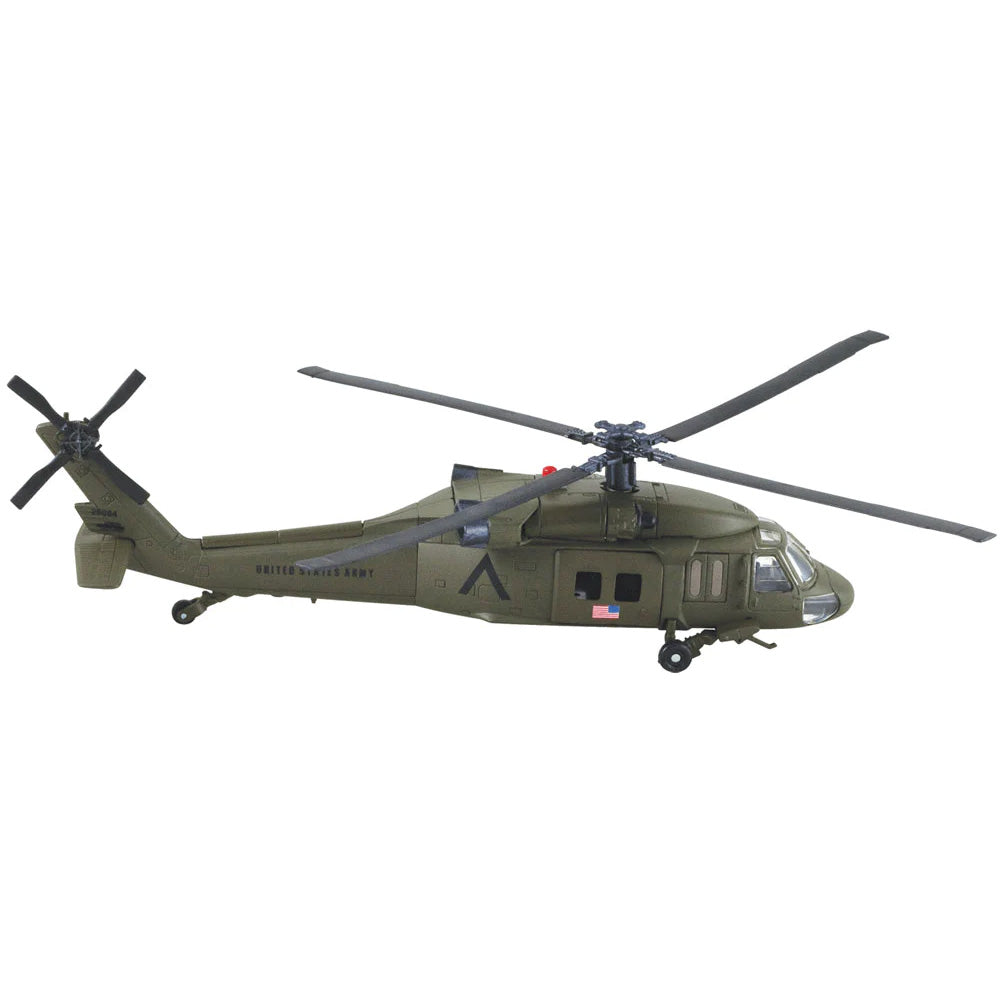How the UH 60 Revolutionized Helicopter Design for Military and Civilian Uses
How the UH 60 Revolutionized Helicopter Design for Military and Civilian Uses
Blog Article
The UH 60: A Versatile Airplane for Armed Force and Private Citizen Usage
The UH-60 helicopter, with its origins dating back to the late 1970s, has actually progressed into a crucial property for both noncombatant and armed forces sectors. Comprehending the full range of the UH-60's effect might disclose understandings into its prospective trajectory and significance in an increasingly intricate operational setting.
Historical Introduction of the UH-60

At First, the UH-60 was deployed to support army transportation, medical evacuation, and logistical procedures. Its intro marked a substantial improvement in helicopter modern technology, incorporating cutting edge avionics and survivability features. The Black Hawk's ability to operate in challenging environments, consisting of unfavorable weather and battle zone, strengthened its track record as a trustworthy workhorse.
For many years, the UH-60 has undertaken various upgrades and variations, adjusting to the advancing requirements of army procedures. Its tradition includes involvement in vital disputes, showcasing its adaptability and effectiveness in various scenarios. The Black Hawk stays a foundation of military air travel, showing the withstanding value of innovation in airborne transportation and support.
Military Goals and applications
Often deployed in diverse operational contexts, the UH-60 Black Hawk helicopter serves a multitude of military applications that are critical to goal success - uh 60. This flexible aircraft is primarily used for army transportation, making it possible for fast motion of soldiers to and from combat zones. Its capability enables the transport of as much as 11 fully equipped troops, making it an essential property for ground forces
The UH-60 is likewise essential to clinical discharge missions, providing swift support for hurt workers under fire. Furnished with innovative clinical centers, it can move casualties while guaranteeing continuous healthcare. The helicopter's utility prolongs to reconnaissance and security goals, where it gathers essential intelligence and improves situational recognition for leaders.
Furthermore, the Black Hawk is often utilized for logistical assistance and supply objectives, providing important devices and stipulations to troops in remote areas. Its versatility is additional showed through its capability to run in varied settings, from city settings to sturdy terrains. On the whole, the UH-60 Black Hawk remains a keystone of modern-day army operations, personifying convenience, dependability, and performance in fulfilling objective objectives.
Private Citizen Uses and Adaptations
Beyond armed forces applications, the UH-60 Black Hawk helicopter has discovered a variety of private uses and adaptations that display its versatility. Initially developed for army transportation and logistical assistance, this airplane has been effectively adapted for different civilian functions, including emergency situation clinical services (EMS), firefighting, and search and rescue operations.
In emergency situation medical solutions, the UH-60 can quickly deliver people to health centers, equipped with innovative clinical devices and workers. Its speed and ability to move allow fast action in critical scenarios, which is crucial in conserving lives. The helicopter's big cabin permits for clinical teams to run effectively during flights.
In firefighting, the UH-60 has actually been modified to carry water or fire resistant, making it an effective device in combating wildfires. Its capacity to hover and maneuver in difficult terrains offers significant advantages over conventional ground-based firefighting methods.

Technological Developments
How has the development of modern technology affected the capacities of the UH-60 Black Hawk helicopter? The UH-60 has undertaken significant developments considering that its beginning, greatly boosting its operational effectiveness.

Additionally, the consolidation of composite products in the airframe has actually reduced weight while preserving structural integrity, adding to boosted haul capability and gas effectiveness. The helicopter's blades system has additionally taken advantage of technological improvements, such as sound reduction innovations and enhanced wind resistant design, which boost both performance and stealth capacities.
Furthermore, the UH-60's flexibility to various goal accounts is augmented by modular systems, enabling rapid reconfiguration for duties varying you can try here from medevac to troop transport. uh 60. The intro of advanced communication systems guarantees real-time information sharing and sychronisation during missions, which is crucial in modern-day fight scenarios. Jointly, these technological developments have actually transformed the UH-60 into a formidable and flexible property in both armed forces and civilian applications
Future Potential Customers and Developments

In addition, ongoing research right into different power sources, such as hybrid-electric propulsion, provides a chance for boosted fuel effectiveness and minimized ecological effect. This straightens with both private and armed forces objectives for sustainability. The UH-60's adaptability to various roles, from medical emptying to look and rescue, guarantees its continued relevance in varied operational contexts.
Moreover, partnerships with protection professionals are promoting innovations in weaponry and sensing unit modern technology, allowing the Black Hawk to successfully respond to contemporary threats. As the armed forces landscape advances, the UH-60's design will likely accept modularity, enabling for fast reconfiguration based on mission requirements. On the whole, the future of the UH-60 is bright, defined by boosted performance, versatility, and a steadfast dedication to satisfy the challenges of modern warfare and altruistic initiatives.
Verdict
The UH-60 helicopter exemplifies versatility with its dual function article source in noncombatant and armed forces operations. As ongoing technologies continue to enhance its capacities, the UH-60 continues to be an essential asset across numerous functional settings.
The UH-60 Black Hawk helicopter, a critical possession in contemporary army air travel, was initially presented in the late 1970s as part of the U.S. Military's quest for a functional and reliable utility helicopter.Regularly deployed in varied functional contexts, the UH-60 Black Hawk helicopter offers a plethora of army applications that are crucial to objective success. Overall, the UH-60 Black Hawk continues to be a cornerstone of contemporary military operations, symbolizing flexibility, integrity, and performance in meeting objective purposes.
As the army landscape evolves, the UH-60's style will likely accept modularity, enabling for quick reconfiguration based on important source objective requirements.The UH-60 helicopter exemplifies convenience through its twin role in civilian and army procedures.
Report this page